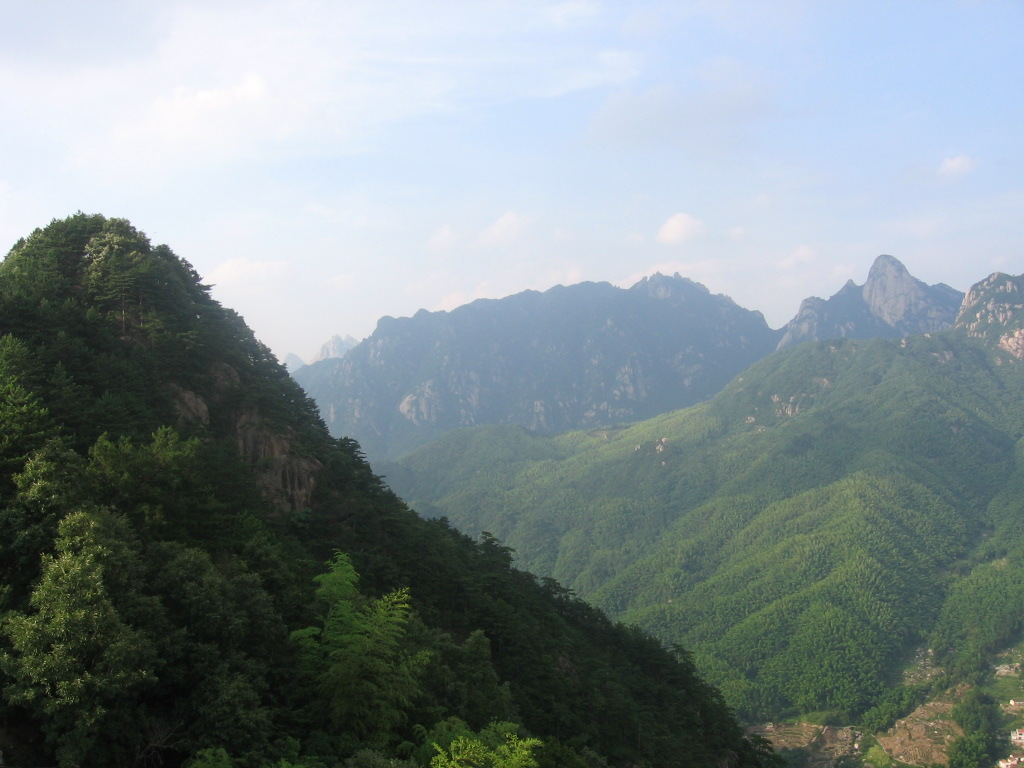Wilderness survival skills have always struck the American imagination. In recent times, authentically skilled figures like Appalachian wilderness expert Eustace Conway are rare, and he is not reluctant to share his story and his vision with a critical public. But taking advantage of American fascination with wilderness heroes was 43 year old Joseph Knowles, who in 1913 published a book about his Maine wilderness adventure that year titled Alone in the Wilderness. The problem was that the alleged adventure was fake.
A Boston newspaper had promoted the adventure for publicity, but another exposed the hoax. Knowles had spent the two months stint in the woods not as a survivalist but in the comfort of a cozy cabin.
Knowles soon set out for the West to repeat the adventure in Oregon. Again there was controversy about verifying what he had done, though no newspapers picked up the story. A third attempt back in New York fizzled in interest. Joe Knowles returned West, to Washington State, where he spent the rest of his life as a modest artist who refused to discuss his wilderness exploits.
Among web resources on Joseph Knowles is an article in American Heritage (URL: http://www.americanheritage.com/articles/magazine/ah
/1981/3/1981_3_60.shtml) and another from the Trivia Library (URL: http://www.trivia-library.com/a/
naturalist-and-enviornmentalist-joe-knowles-part-1.htm
